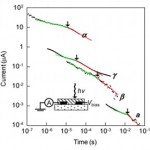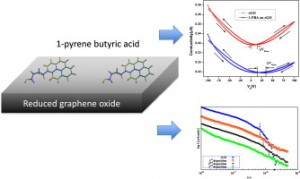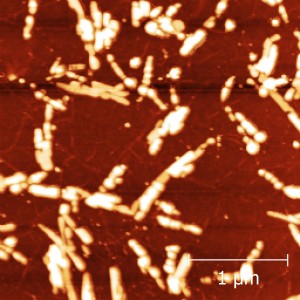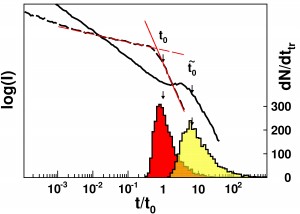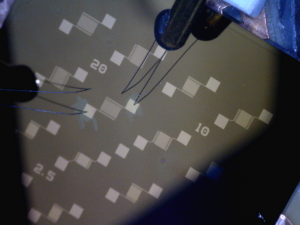Together with Imperial College, Holst Centre, ICMM Madrid, University of Kentucky and ETH Zürich we have been investigating electric transport properties of 5,11-bis(triethylsilylethynyl) anthradithiophene (TES ADT). TES ADT– one of the most promising, solution-processable small-molecular organic semiconductors – was analyzed, revealing the highest performing polymorph among four solid-state phases, opening pathways toward the reliable fabrication of high-performance bottom-gate/bottom-contact transistors. The results are published in Chemistry of Materials.
Archives
- May 2025
- July 2024
- March 2024
- August 2023
- June 2023
- November 2021
- April 2021
- March 2021
- January 2021
- December 2020
- September 2020
- May 2020
- December 2018
- November 2017
- September 2017
- August 2017
- March 2017
- January 2017
- October 2016
- June 2016
- October 2015
- March 2015
- October 2014
- April 2014
- January 2014
- June 2013
- May 2013
- January 2013
- September 2012
- July 2012
- June 2012

